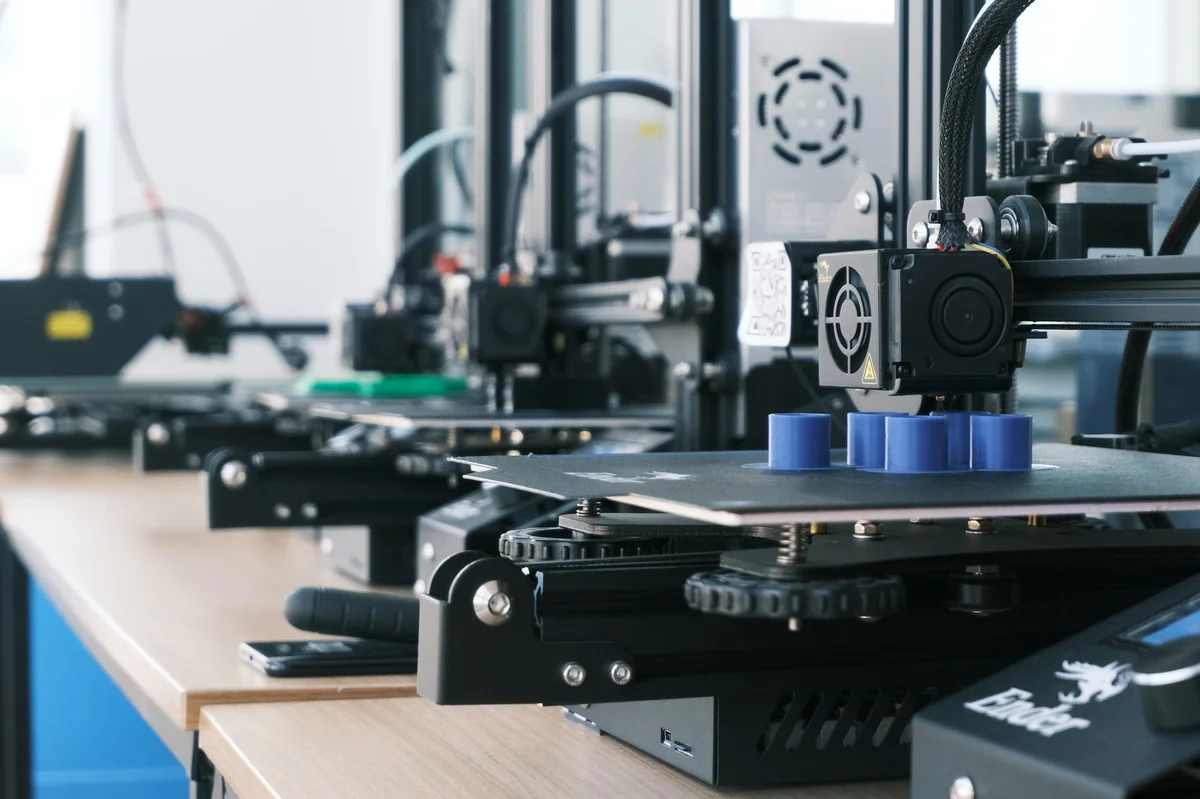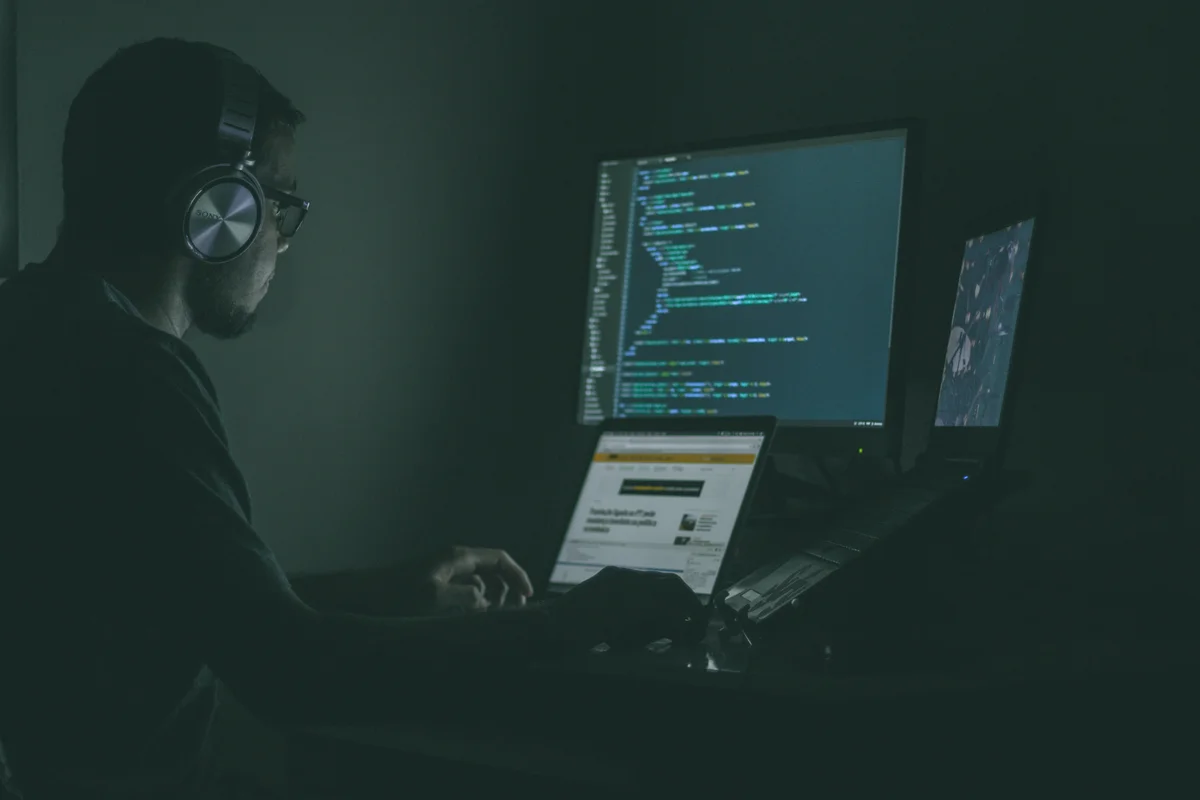Why Automation is Essential to Modern Security Testing?
Is it possible to automate cybersecurity? There is a widely held belief that automation cannot be used in professions that need a high degree of judgement and decision-making. Automation and cybersecurity aren’t always compatible, so it’s natural why some people assume the two aren’t compatible at all.
However, it appears that this is not the case. Robots are predicted to take over the cybersecurity industry by 2030, according to new research. It was revealed that 41% believe AI will take over their work in less than a decade, while 32% believe technology would surely automate all of the cybersecurity in the future. The research interviewed 500 IT decision-makers. Nine per cent of cybersecurity professionals are certain that AI will not replace them in their jobs.
Automating the process of assessing security risks is becoming more and more necessary. It’s no longer only about adopting the latest trends and boosting productivity. Below, we’ve outlined a number of other compelling reasons to automate.
Cybersecurity in the Modern Age of Automation
The use of automation in contemporary cybersecurity solutions is already in place. Especially in breach-and-attack systems supplied as a service, it already plays a critical role in automated security penetration testing solutions. As a result of automation, continuous security validation may be achieved, which optimises security postures with the lowest resource utilisation and maximum efficacy of security controls. As a result, security assessments have become significantly more efficient.
Penetrating tests may now be completed in a single working day thanks to automation, which saves teams up to six months of time otherwise spent manually conducting the tests. Leading security testing companies currently provide this level of speed and efficiency.
A paradigm change in penetration testing is reported to be taking place, with traditional penetration testing becoming obsolete. When it comes to pen-testing, cybersecurity businesses are now building automated tools and platforms instead of using pen-testing methods from the past.
Similarly, when software security becomes increasingly challenging, automation is seen as a must. Today’s applications rely on an overwhelming number of libraries and frameworks to do even the most basic tasks. It would be nearly hard to do security testing on all of these in a timely manner.
The complexity of APIs, on the other hand, raises the same kinds of issues. Automated systems are needed because of the ever-increasing complexity of their architecture and communication procedures. Cybersecurity for apps no longer resembles the outer shell of hard candy, which protects the core.” To secure particular workloads, applications need more than simply a single layer of defence surrounding the entire system. Cisco’s TechBits Academy warns that this can make applications more difficult to protect, as there are so many additional perimeters to defend from breaches and malicious activity.
Cloud and hybrid environment migration also add complexity to security testing, particularly in terms of visibility. These settings need a greater range of capabilities in order to maintain an elevated level of security. It’s becoming increasingly difficult to maintain data security as companies move their operations to the cloud and have their data go across “enemy territory.” That’s according to Ann Thryft, Industrial Control And Automation Designline Editor at EE Times.
In addition, new software methodologies such as Agile and DevOps are increasingly being used, resulting in new needs and a higher urgency for security. Before a piece of software is made available to the public, it is often subjected to extensive security testing. Deployment under Agile and DevOps is a matter of weeks. It is imperative that security testing be hastened without sacrificing thoroughness.
Also Read: What is Linux Kernel in Linux Operating System
Also Read: Secure Your Apps with Dynamic Application Security Testing
The Reliability of Automation in Cybersecurity
Is the automated security system trustworthy? Automated security testing systems already in use show that automation works and has a high degree of dependability, as demonstrated by their success. It’s possible, according to the study quoted above, that going totally automated won’t be possible for another decade or more.
It is true that the benefits of automation outweigh the drawbacks, as Modded Editor-in-Chief Martin Banks explained in an article for Cyber Security Magazine. As a result, cyber threats may be dealt with more quickly and efficiently. Automated systems, on the other hand, cannot ensure error-free operation. Security testing solutions that depend on both automation and human security specialists are now the most often used.
Currently, a combination of human and automated solutions is the best way to go. To ensure that the most critical notifications are not lost in the sea of new vulnerabilities and security events, automation may be utilised in areas like cyber threat intelligence collecting, the consolidation of the newest attack information, and notification sorting.
Also worth highlighting is the rise of joint efforts between security experts and companies, which automation cannot yet replace. The MITRE ATT&CK methodology, for example, is integrated into many of the major platforms for continuous automated security testing to benefit from the most authoritative cyber threat intelligence and insights throughout the world..
Even more importantly, automation can help ensure that security controls are operating effectively, and quickly execute corrective measures, reconfigurations, or replacements if necessary.
Automated systems, on the other hand, are not all created equal. Some abuse or overuse the terms “automation” and “artificial intelligence,” while not providing the genuine advantages of these technologies. Only reliable and verified automated security testing platforms should be used.
Crucial Aid, Not Replacement
For the time being, human security specialists are indispensable when dealing with more hazy or ambiguous threats. Attack chains comprising several vulnerabilities as well as race situations are examples of these types of vulnerabilities. It will be a long time before artificial intelligence is able to effectively combat such cyber attacks.
Penetration testing requires both automation and people to be effective, as revealed by a yearly study (2020). Misconfiguration, cross-site scripting, and authentication difficulties are among the most common pen testing concerns, according to this research. Automated security testing does a good job of handling all of these issues.
Humans are still required to determine the severity level of defects discovered by automated analysis tools, such as cross-site scripting problems, SQL injection and incorrect security headers, argues experienced tech writer Robert Lemos, as he examines the specifics of the penetration testing research.
Conclusion
Automation in cybersecurity does not mean that human inputs and functions are no longer necessary. Because it isn’t a zero-sum game, no one wins or loses if the other wins or loses more than they do. Humans can keep up with the ever-increasing demands of security testing thanks to automation, which is able to handle the ever-increasing complexity and number of assaults.




